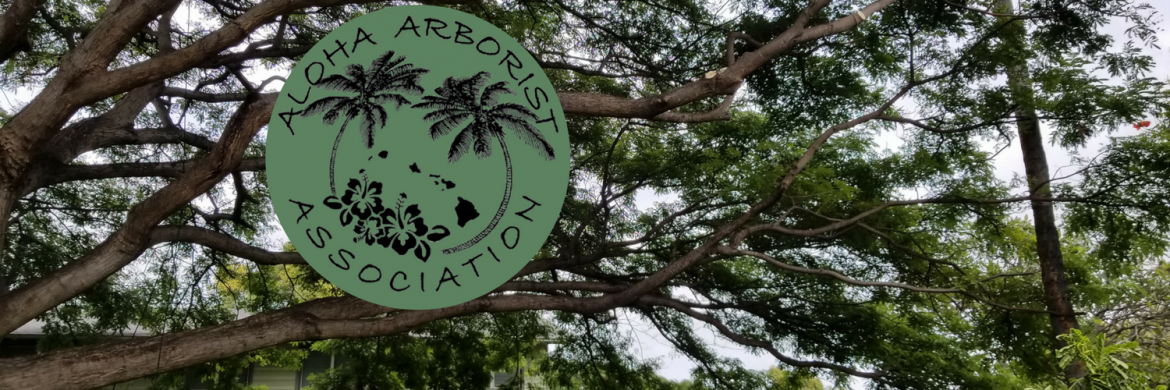- Symptoms: Light-colored or brown necrotic speckling, and scorching of the leaf tips or margins. Show on lower, older leaves first. Advanced symptoms include reduced crown size and smaller trunk diameter (penciling). New leaves may be small, frizzled, and chlorotic. Plant death is possible.
- Causes:
- Soil is infertile and inherently low in K
- Potassium in soil is tightly bound due to arid conditions
- Potassium is leached from the soil due to high rainfall
- There is an unbalanced ratio of nitrogen to potassium
- Root pathogens can reduce the uptake of K
- Poor planting site leads to poor root growth and development
- Improper fertilization practices
- Soil is poorly aerated and impedes the uptake of K
- Soil is acidic and has aluminum or manganese toxicity that inhibits root growth
- Diagnosis – through identification of symptoms and/or soil sample analysis.
Source: Potassium Deficiency of Palms in Hawai’i, by Scot Nelson and Erik Patnude, University of Hawaii at Manoa College of Tropical Agriculture and Human Resources, Plant Disease PD-89, July 2012.
